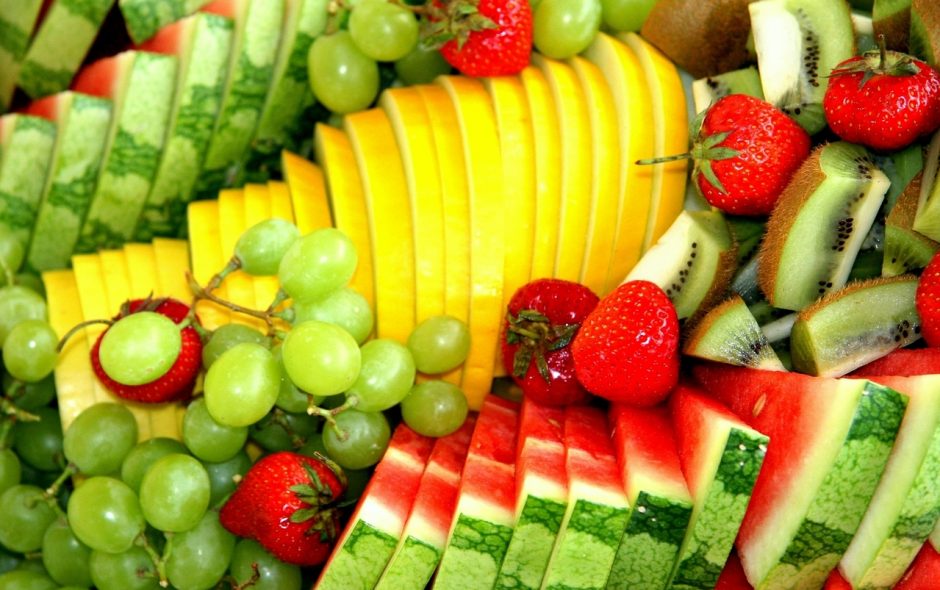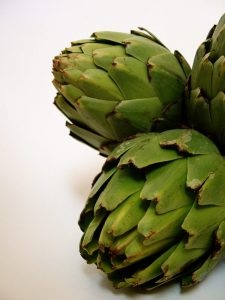In the dead of winter, the supermarket produce section looks almost the same as during summer months. Thanks to international imports, we have fruits and vegetables year-long. But before you put that tomato in your shopping cart in the middle of January, consider the following advantages of eating food that is in season:
1. It’s more eco-friendly
When you choose local food that is in season over food that traveled a long way, you reduce the environmental impact of your consumption. But if, for instance, you consistently buy imported asparagus from South America instead of waiting for when it will be in season in your area, you are actively endorsing the CO2 emissions needed for the food to travel such a great distance. Eating foods that are in season where you live is a highly effective way to reduce your carbon footprint.
2. Save yourself a buck
Of course, it is not only the environment that pays for your food shipped halfway across the globe, but your wallet as well! When a product is in season locally, the cost naturally goes down due to an abundance of that crop. And keep in mind that part of the price tag for imported food is not only travel expenses, but also storage costs. Seasonal consumption is not only environmentally but financially advantageous.

3. Save the local economy
Refusing to adapt your diet based on what is in season hurts local famers, who are able to supply a variety of produce and other foods based on nature’s cycles. If you consume more of the foods that are currently in season, you are supporting the agricultural economy in your area. Find fresh food from right around the corner, that has neither traveled a great distance nor been stored in a way that will reduce flavor, at your local farmer’s market.
4. Freshness, taste, and nutritional value
Apart from having significant economic and environmental impacts, the food consumption choices we make are important for how they affect our bodies and taste buds. When you buy local food that is in season, you eliminate the need for early harvesting and refrigeration that occurs before a long storage and shipping process. The chilling process commonly used before transportation dulls the product’s flavor. Produce that has been prepped for long periods of storage before consumption have a significantly lower nutrition counterpart than their farm-to-table counterparts. The fact is that in-season produce is likely to be more ripe, taste better, and have a much higher nutritional value. This is extremely important for maintaining a balanced diet, which is especially important while exercising. Maximizing your nutritional intake after a workout is important for optimal recovery. I recently bought a rowing machine (thanks to the team at HomeGymSumo.com) and have been working out regularly and find that if eat a poor quality meal after a workout I feel sore the next day. Quick tip: look to avoid exercise after eating. Therefore, I like to try and eat nutritionally rich food which will naturally be the food that is in season.
Each season offers a variety of foods, and falling in tune to nature’s cycles is a great way to diversify your palate, support the local economy, reduce your carbon footprint and – of course – eat better!



